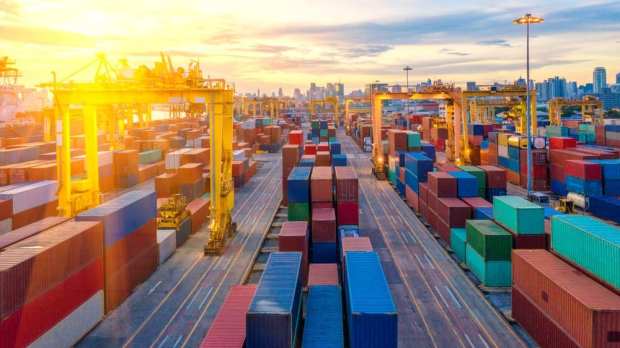Trade Finance Searches For A New Way Forward

The collapse of Greensill Capital was an uncomfortable reality check for the trade finance industry. While the supply chain finance firm’s downfall can be attributed to several factors, including a reported lack of transparency within the organization, it also speaks to its true technological capabilities and financial health.
But the case is also sparking concerns for the trade finance sector overall. Greensill’s downfall isn’t just bad news for the company itself, its lenders and its insurers, but also for its corporate customers that have become reliant on supply chain finance to fuel global trade. For some critics of the financing tool, the Greensill saga reveals the potentially detrimental effects of relying on supply chain finance, rather than timely supplier payment practices, to support business and cash flows.
Yet, especially for small and medium-sized enterprises that face an estimated $1.5 trillion gap in available trade finance, an injection of capital at some point in the supply chain is crucial in order to keep trade flowing.
Tom James, CEO of TradeFlow, recently told PYMNTS that events like the demise of Greensill are an opportunity for the industry to rethink its place in global commerce, and its approach to fueling it.
“The finance industry will learn from this,” he said. “Better systems of trade enabled by technology that allows transparency, verifiability, authenticity checks and traceability are the way forward.”
A Transparency Challenge
While Greensill may be an example of the rare “bad apple” within the supply chain finance space, it does reveal the consequences of a lack of transparency within a trade finance business model.
Recent Bloomberg reports, citing unnamed sources, highlighted claims that Greensill was not forthcoming about its true technological capabilities, relying on spreadsheets and third parties like Taulia to connect businesses to financing, despite its vocal promotion of proprietary technologies.
Greensill’s troubles are not necessarily representative of all players in the industry, but as James noted, many of the biggest pain points in trade finance today can be tackled through greater transparency and more technology.
Trade finance fraud is a prime example of an industry threat that can strike anywhere.
“If we examine some of the most recent fraud cases in traditional trade finance lending cases, it is where firms have financed the same commodity transaction multiple times, using fake or copied documentation,” he said.
Much of this fraud is allowed to occur due to the paper-based and manual nature of this space. Manually identifying a fraudulent invoice, or cross-checking data in spreadsheets, is far from the most effective way to tackle trade finance fraud. James pointed to the digitization of key trade documents like Bills of Lading that is essential to securing the integrity of data.
New Business Models
Greensill’s troubles have also highlighted concerns about the trade finance industry’s use of credit insurance. As The New York Times recently reported, the pullout of Greensill’s insurers, which underwrote the firm’s customers that are buyers in the supply chain, led one of the company’s top financiers, Credit Suisse, to freeze $10 billion worth of funds.
The case may spur a reconsideration of how global trade is financed. Today, there are plenty of trade finance products in which either the buyer or the supplier finances an unpaid invoice, with financiers making profits by keeping a percentage of that invoice payment once it is ultimately paid (supply chain finance involves the buy-side party initiating the financing of an invoice and connecting suppliers to early payment).
Credit insurance has played a historically crucial role of covering losses in case that invoice is never actually paid.
For TradeFlow, embracing a business model which negates the need for insurance means mitigating the kinds of risks that led to Greensill’s downfall. The company retains ownership of the commodity while it’s being shipped or stored, and as a result, uses an asset-backed strategy to fuel trade.
“We are able to do transactions which banks are not able to directly lend against,” said James. “We do not compete with banks but in fact complement traditional forms of trade finance lending, and therefore help fill the growing trade finance gap.”
Other firms appear undeterred by Greensill’s collapse, with Australian accounting FinTech MYOB still planning to launch its own trade finance tool later this year. The company will deploy an invoice financing model targeting suppliers directly, using technology to connect businesses to capital within 48 hours.
James pointed to other technologies that have the potential to promote transparency and mitigate risk in trade finance, including blockchain that can accelerate the movement of funds across borders, as well as the ongoing digitization of key documents in global trade.
Use of trade finance will likely never disappear completely. But if the Greensill saga delivers any lessons to the sector, it could spur new business models to finance trade and support the cash flow of both buyer and seller. Regardless of the technologies used, what’s clear is the trade finance arena must explore new avenues to strengthen reliability and reinforce its role as a responsible way to fuel global trade.
